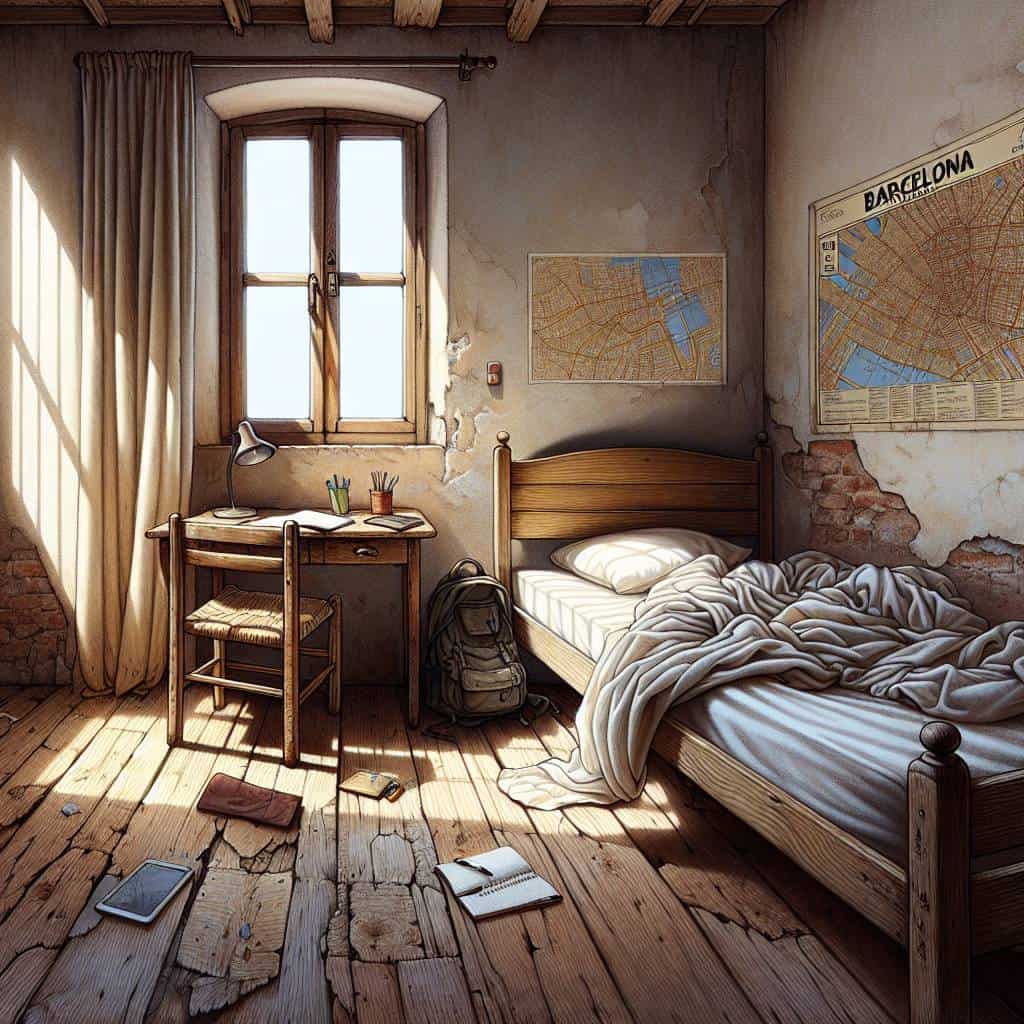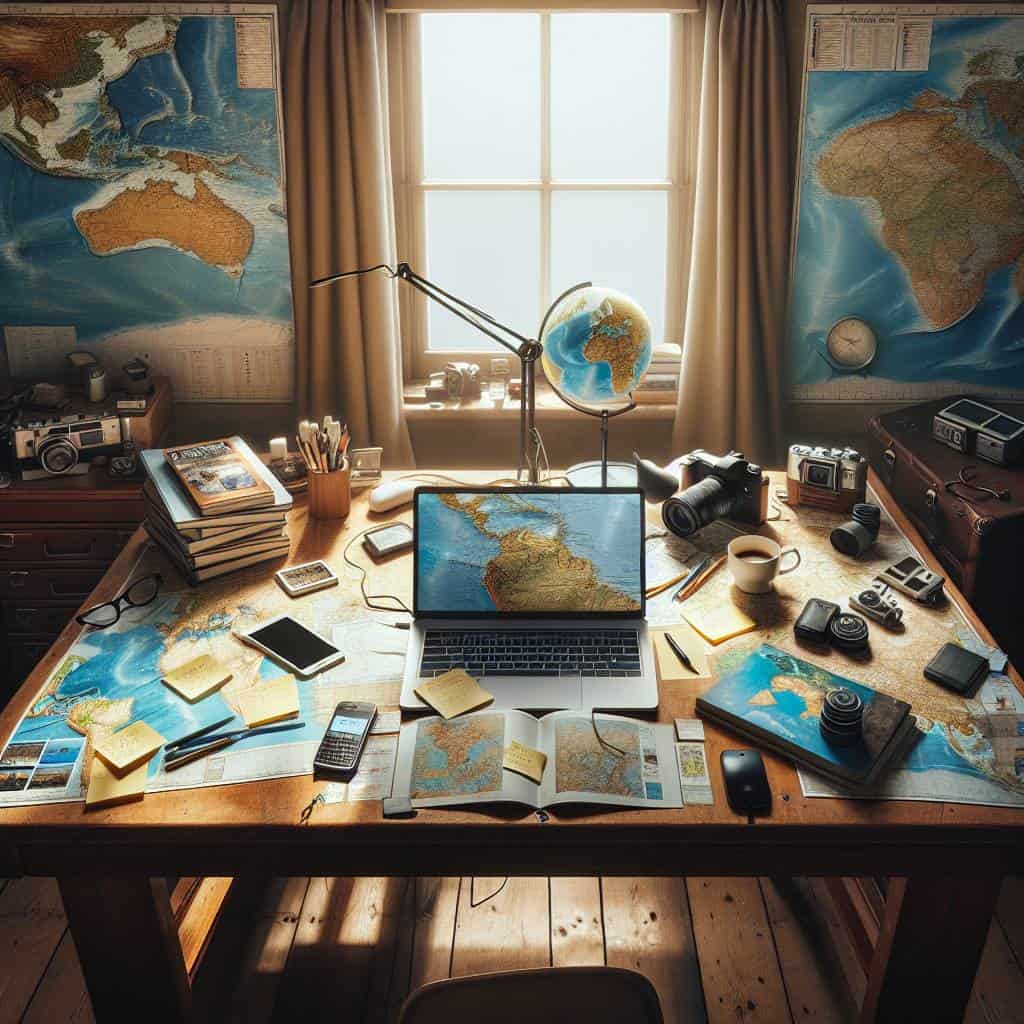I once found myself in a tiny café in Lisbon, staring at a menu that looked like it had been penned by a cryptic crossword enthusiast. My Portuguese was as non-existent as my talent for miming, and my phone was dead—of course. As I gestured wildly at what I hoped was the soup of the day, I realized that language barriers are less like fences and more like ocean waves: unpredictable, occasionally thrilling, but mostly just daunting. I couldn’t help but chuckle at my predicament, an unintentional pantomime for the bemused staff.

But here’s the thing: navigating language barriers doesn’t have to feel like you’re adrift in a sea of confusion. In this article, we’re going to dive into the nitty-gritty of breaking down these linguistic walls. From the humble heroics of translation apps (when they actually work) to the art of mastering basic phrases and the universal power of non-verbal cues, I’ve got you covered. So stick with me as I share the hard-earned lessons and laughable missteps of a journalist who’s been there, flailing and all.
Table of Contents
Lost in Translation: My Misadventures with Language Apps
Picture this: I’m standing in a bustling Parisian café, armed with my smartphone and a language app that promised to make me sound like a local. I pointed my phone at the menu, eagerly awaiting a smooth translation. Instead, I got something that resembled a culinary Frankenstein—”cheese shoes” and “fish hugs” are still burned into my memory. It dawned on me, right there amidst the aroma of espresso and frustration, that these apps are often less a bridge over language barriers and more a ticket to a comedy show.
But let’s not throw the proverbial baby out with the bathwater. Translation apps do have their merits, especially when you’re navigating unfamiliar territory. They’re great for basic phrases, those crucial icebreakers like “Where is the bathroom?” or “How much does this cost?”—phrases that can make or break your day. Yet, as I quickly learned, they’re no substitute for the real deal. When it comes to capturing the nuances of a language, it’s like trying to paint a landscape with a single color. The beauty and subtlety get lost in the digital shuffle.
So, what’s the workaround when these apps fall short? Enter the art of charades. Yes, my friends, the same game that had us miming our way through childhood parties is surprisingly effective in adult life. Combine exaggerated gestures with those basic app-learned phrases, and you might just crack the code of human communication. Add a smile, and suddenly you’ve transformed from a lost tourist to a charming adventurer in the eyes of the locals. Language apps are a tool, not a crutch, and when paired with a bit of humor and humanity, they can help us bridge gaps in ways algorithms never will.
Navigating Babel with a Smile
Language barriers crumble not through perfect grammar, but through the courage to gesture, laugh, and stumble our way to understanding.
The Subtle Art of Understanding Without Words
In the end, what I’ve learned transcends any app or phrasebook. Real connection—whether on foreign soil or in familiar streets—often lies in the unspoken. It’s in the shared laughter over a mispronounced word, in the nods and smiles that bridge the gap when vocabulary fails. Technology can be a helpful crutch, but let’s not fool ourselves into thinking it’s a substitute for the human touch. I’ve stumbled through enough bungled translations to know that sometimes, it’s the fumbling that forges the strongest bonds.
So, what’s the real takeaway from my linguistic escapades? Embrace the chaos. Dive into the discomfort. Because learning to communicate is as much about listening as it is about speaking, about observing as much as saying. The apps, the gestures, the scribbled notes—they’re all tools, yes, but the real magic happens in the spaces between. In those moments, I’ve found that understanding doesn’t always need words. Sometimes, it just needs the willingness to try.


